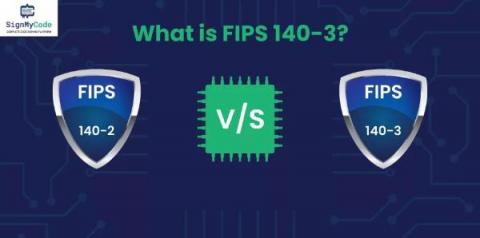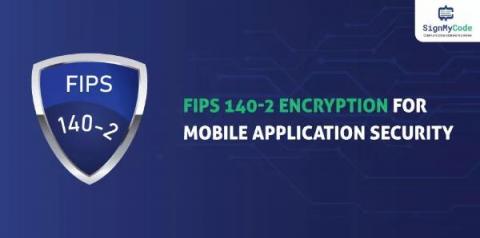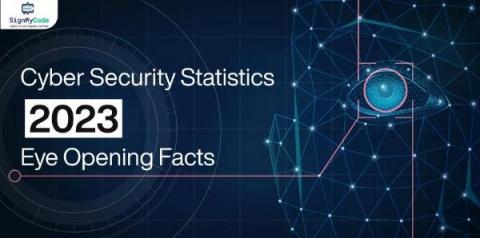Code Signing with USB Tokens: A Comprehensive Guide
USB, hardware, or cryptographic tokens are portable devices that securely store cryptographic keys. These tokens typically connect to a computer or other devices via USB. USB tokens offer a compact and convenient solution for storing and protecting sensitive cryptographic keys, certificates, and other credentials. They are designed to provide strong encryption, tamper-resistant hardware, and secure key storage.











